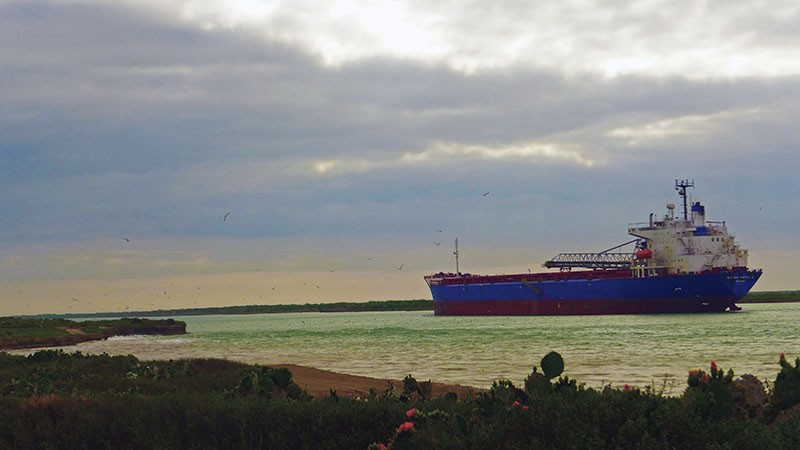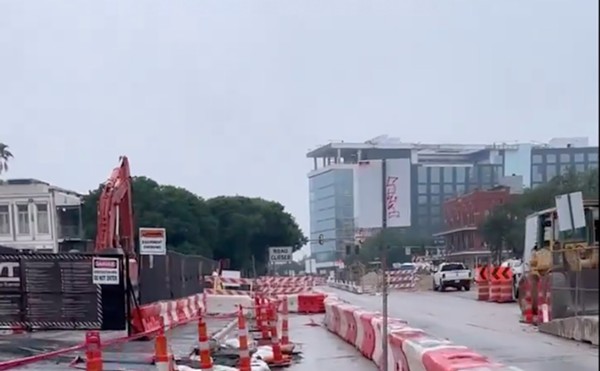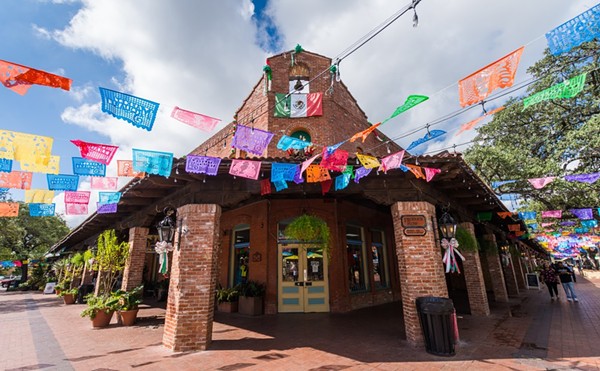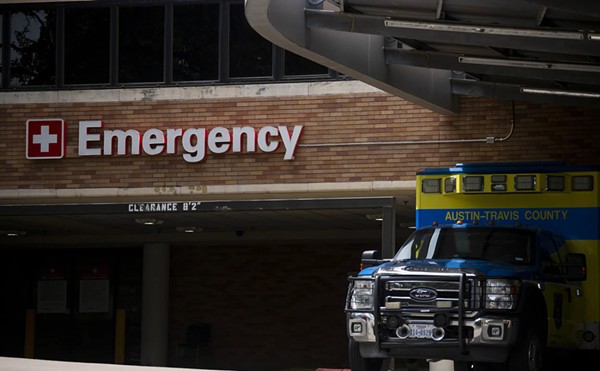In an article for Slate, Nelder points out that the projection of a 100-year supply of domestic natural gas was first found in a 2011 report by the Potential Gas Committee, an organization of petroleum scientists and engineers. That claim, found in one press release, continues to fuel misconceptions that exporting natural gas will not raise costs for American consumers, because America has an inexhaustible supply. Nelder argues that extremely optimistic modeling might project a century-long supply, but based on the United States’ current usage there is just an 11-year supply of proven reserves. The 11-year estimate is fairly consistent with federal projections, which estimate a 16-year supply. And these models don’t take into account the companies now applying for permits to ship natural gas abroad. In that case, 16 years might look more like 4 years, or fewer. Exporting natural gas is potentially such a bad economic idea for the U.S. that large companies such as Alcoa and Dow Chemical are opposed to the unchecked export of LNG because a shortage would drive up costs for their businesses.
SEEDS OF A REVOLT
In a small stucco and adobe art gallery in downtown Brownsville, college students, graphic designers, retired teachers and others concerned about the implications of LNG discuss such nuances. They’ve been meeting monthly here here since early 2014, amid art created by the painters and photographers of south Texas. A steel stretch of the border wall towers across the street. Jim Chapman, a member of the Lone Star chapter of the Sierra Club, helped found this group of humble but obstinate stalwarts known as Save RGV from LNG. They’ve printed bumper stickers, published news articles, launched a website and helmed information booths at festivals to provide Valley residents with the facts about LNG that energy industrialists and politicians aren’t sharing. They also regularly attend public meetings at the Brownsville Navigation District, the political subdivision that owns the port and its land, voicing their objection to LNG-based development during public comment sessions, and keeping an eye on the dockets. “The Rio Grande Valley has tremendous environmentally sensitive resources that our economy depends on. We need to be protective, to be mindful … we need to be good stewards,” Chapman said.
While no South Padre Island or Rio Grande Valley politician has publicly criticized LNG development along this stretch of coast, South Padre Island City Councilwoman Julee LaMure has cast doubt on the feasibility of LNG exporters because of regulatory issues.
"The fact is that our region provides immense challenges to an exporter with regards to regulatory issues because of our delicate ecosystem," LaMure said. "Eco-tourism is critically important to the economic well-being of the island, and our sister city, Port Isabel, relies heavily on fishing and shrimping to support their economy. One accident could potentially be devastating to both communities."
With SPI’s property values dwarfing others in the Rio Grande Valley, and with a tourist economy that the entire region’s chambers of commerce and economic development entities hang their hats on, the power of South Padre Island to affect the LNG dialogue—and outcome—on this stretch of Texas coastline is extreme.
Tourists and condominium owners, however, seem quick to notice and willing to speak about the threat to SPI’s clean air and water. Eddie Bills owns a residential electric company near Fort Worth, the epicenter of Texas’s natural gas boom. He spends a week or two most summers on the Texas coast with his wife and four children, renting condominiums, buying beach gear, taking eco-tours and enjoying the restaurants.
“In the last few years, I've spent time in Corpus Christi, in Galveston and on South Padre Island. One thing that really jumps out about South Padre is the clean sand and the fresh air,” Bills said.
“Galveston is too close to the refineries. Corpus is an over-trafficked highway to the water's crowded edge. South Padre has the best mix of sun, sand and air…. As someone who lives near Fort Worth—ground zero of the Texas natural gas industry—I would hate to see the natural richness of SPI compromised by the water and air pollution folks have to stomach up here.”
Correction: Friday, December 12, 11:19 a.m.
Due to an internal error, a previous version of this story was published in the December 10 issue of the Current.




















